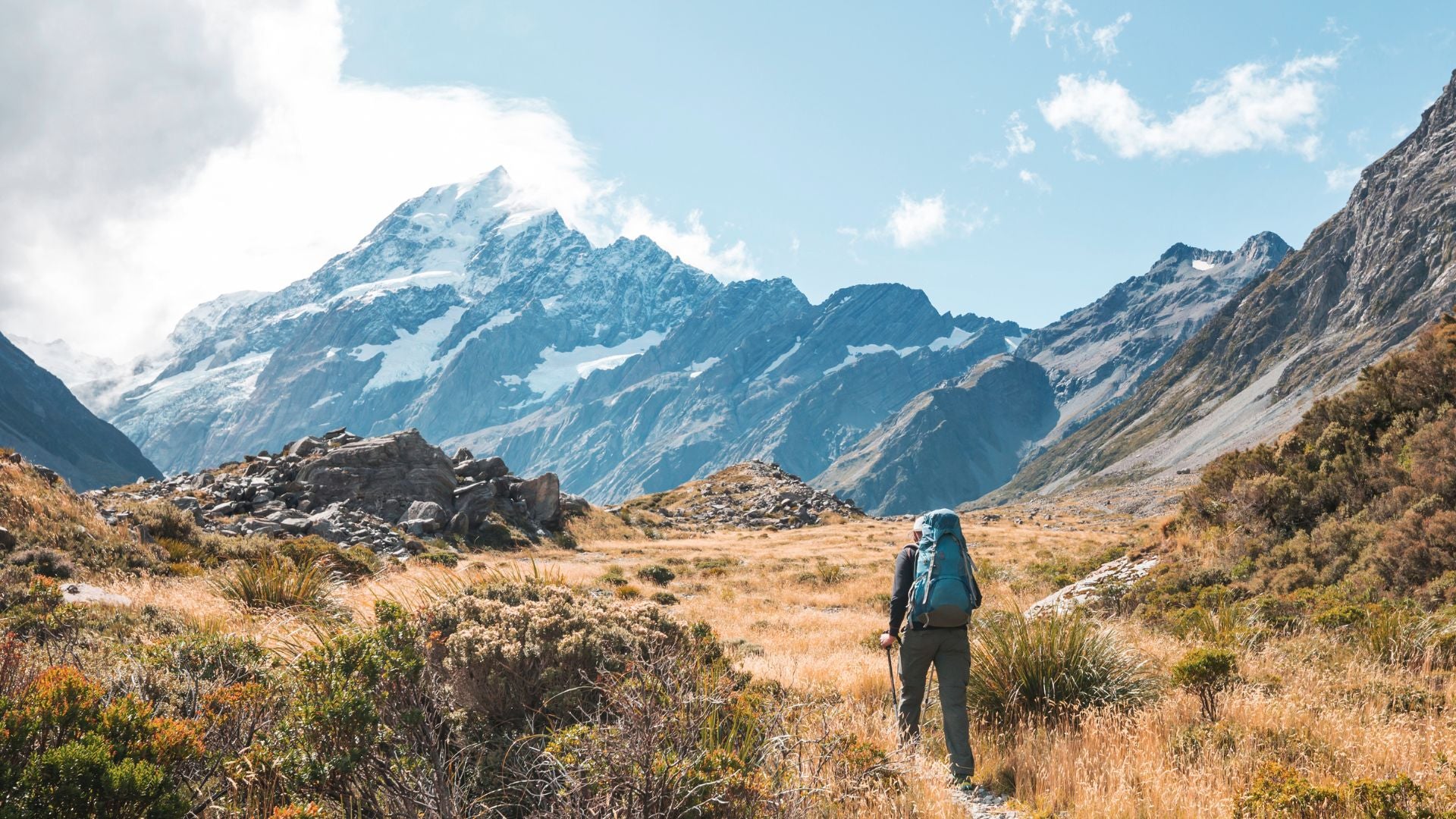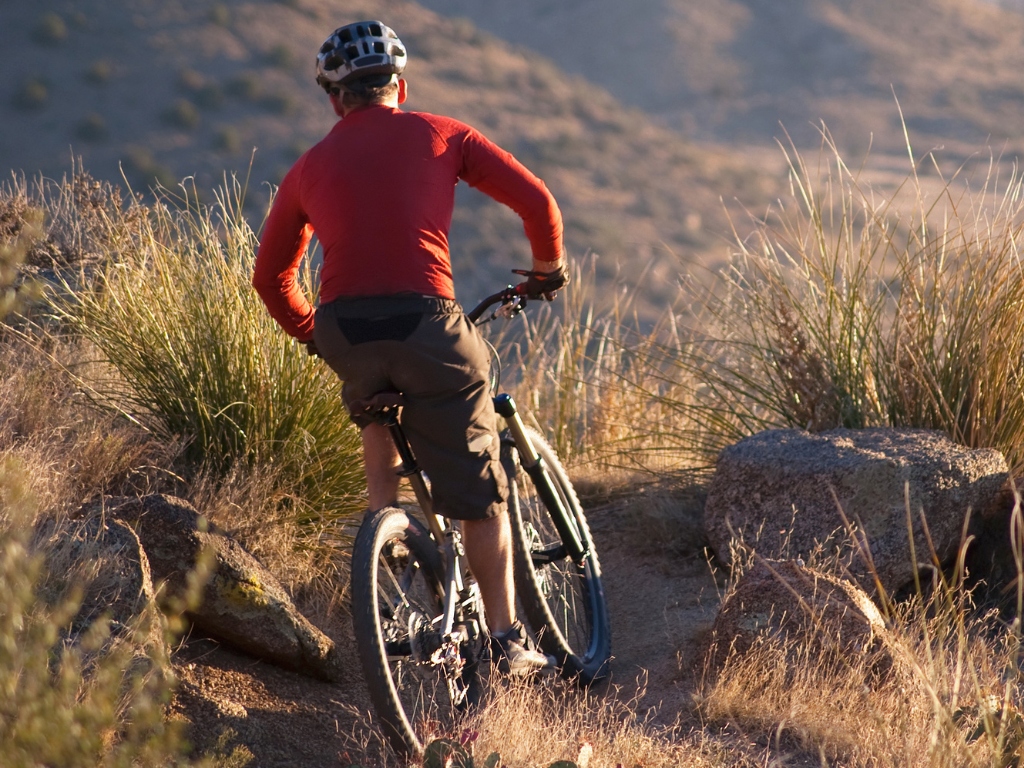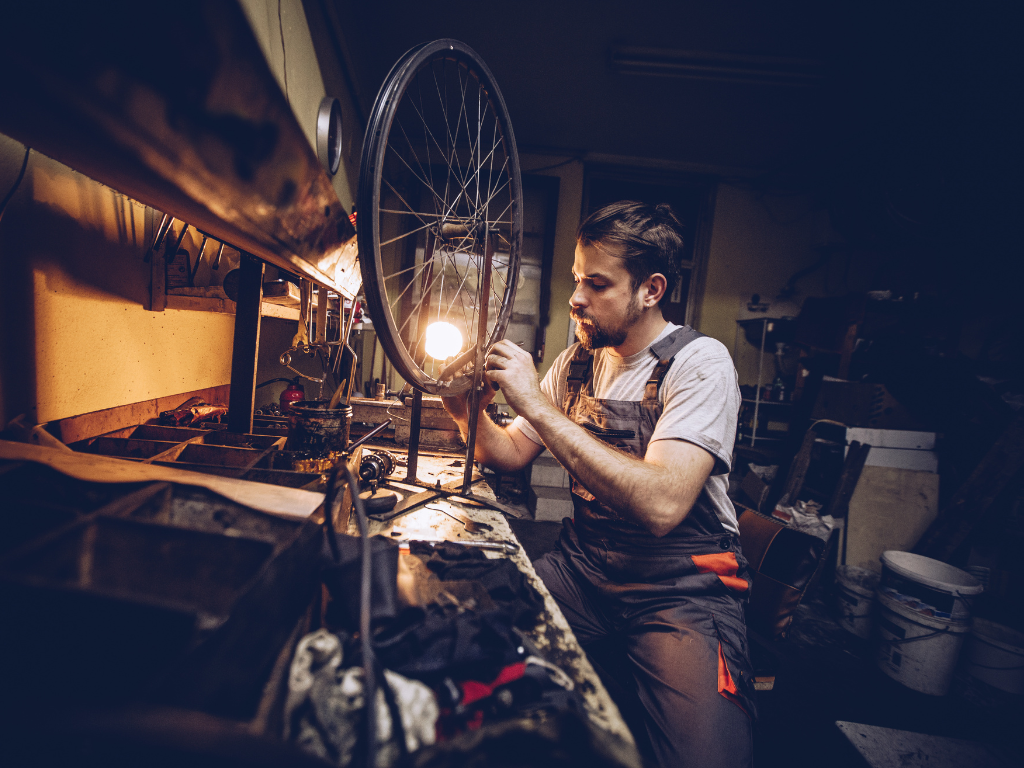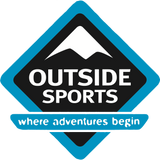There’s nothing like a new set of skis to make the prospect of the coming winter even more exciting. But how do you choose the right ski from so many options? As always Outside Sports is here to clear up the confusion and help you find a ski that will make 2025 your best ski season ever!
This guide to choosing skis will give you all the background information you need to make a great decision.
So let’s get started by asking a few important questions...







